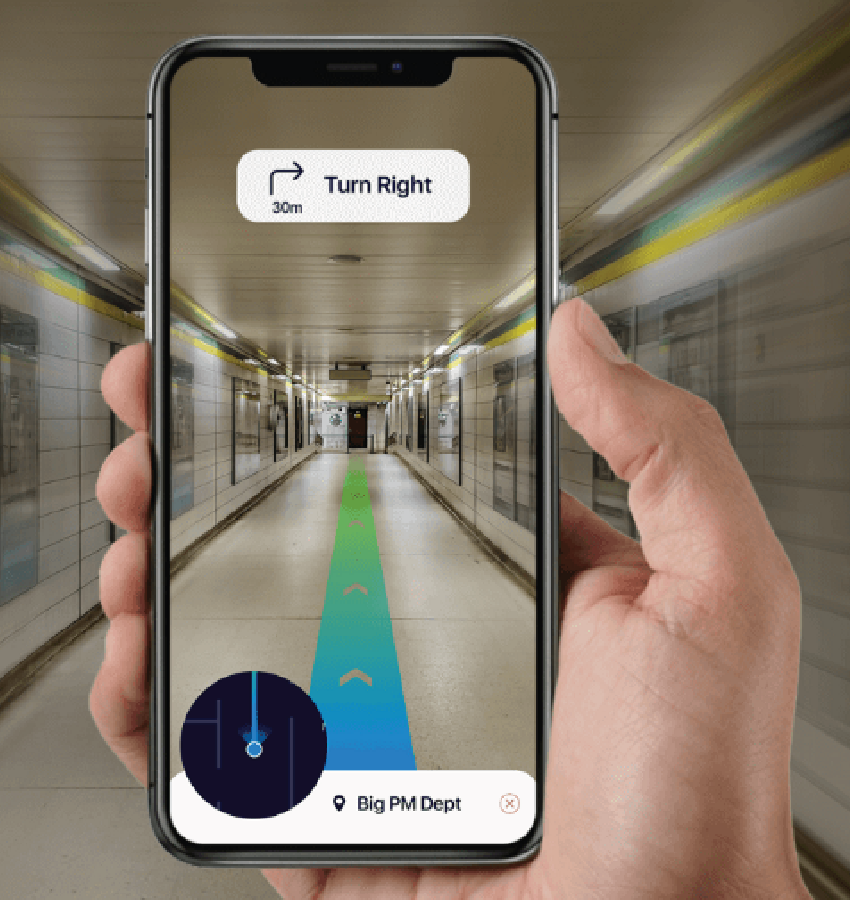
Augmented Reality has been hyped for decades as a “game changer” technology. Let us see Growth of the Augmented Reality Market. It’s benefits are immediately obvious- create a “blended” view of the world, with a mix of “real” and digital information. Thus AR in various forms has been used for decades in specialized applications in the Defense and Aerospace industries. However, outside niche applications there was a real question if the technology could create enough business value in the consumer world. Without which it could never become self sustaining. Fortunately for supporters of the technology, reach to the consumers became a real possibility with two key inventions. The smartphone, and high speed mobile internet access.
In the last decade since the release of the first iPhone. Smartphone capabilities- from processing speed to displays to cameras to the app ecosystem. Its continue to progress leaps and bounds, and there is no end in sight. AR has enjoyed increasing attention as companies look to cash in on popular features first made popular with with consumer favorites like Pokemon Go, Ikea Place, Google Lens, and the various filters on Snapchat and Instagram. B2B and B2B2C usage has also skyrocketed, especially in the Education, Healthcare, Auto, Manufacturing, and Retail industries.
A Bright Future
The momentum had already started to build before 2019. While the Covid-19 Pandemic made companies really hit the accelerator on AR. According to Forbes3, global spending on AR & VR headsets and services jumped 50% in 2020 compared to 2019, and crossed the $12 Billion mark. The same article projects an almost 70% CAGR growth till 2029.
It’s not just about a narrow group of offerings either. One of the key markers of the longevity of a technology is the amount of serious research being done in that area. After all, academic institutions as well as companies like to pursue research with real world applications. Because relevant research attracts sponsorship from government and industry alike. Therefore it is telling that over 50% of the new published papers in this area have come in the last 5 years. Also, there is a wide spread of the origin of the papers, from companies and institutions in the US and Europe, to Israel, Turkey, South Korea, Australia, and Brazil. Suggesting a global interest in the technology and its applications.
All of this is good news for supporters of the technology. Because a healthy ecosystem of hardware developers, software application creators. The business users and consumers is necessary to keep the demand-supply cycle alive.
Key Opportunities for Businesses
Businesses can take advantage of AR in three ways to create value. As users of AR to improve their own operations. As content creators in AR for others’ consumption. and as contributors in the tech. development space (hardware, software, platforms, etc.).
Users of AR for internal operations are usually companies with large physical set-ups, like factories, warehouses, ports, rail terminals, etc. These companies often use sophisticated AR set-ups to monitor and streamline their operations, from layout of conveyor belts, to movement of people. Professionals in other industries like merchadisers and planners in FMCG companies are increasingly using AR to visualize product placement on supermarket shelves.
However, the real opportunity, in our opinion, is in the content creation space. This is easily a multi-trillion dollar opportunity across the globe. We already mentioned education, manufacturing, and healthcare as some of the major users of AR. However, what’s really interesting is the entirely new ways AR can be used as a force multiplier.
As an example, consider Transfr, a New York based company that’s using AR to create training / re-training programs and career discovery experiences for a wide range of people, from high school students to mid-career professionals. This has major strategic implications. Governments realize the value of quickly and cost-effectively training vast numbers of people. Especially in STEM (Science, Technology, Engineering, Math) fields to create the next generation of high-tech workers.
Conclusion
There is a huge, growing demand for quality content, both serious and entertaining, across ranges of complexity and application. That will be made using a variety of technologies and consumed on different platforms, including smartphones, headsets, and sophisticated experience rooms and simulators. This high quality content will need to be created at a fast, consistent pace, cost-effectively. We believe this is a ripe opportunity for content creation companies and quality outsourcing and mass-production partners in low cost centers, like Manipal Digital to collaborate to power the next revolution in content consumption via AR.



